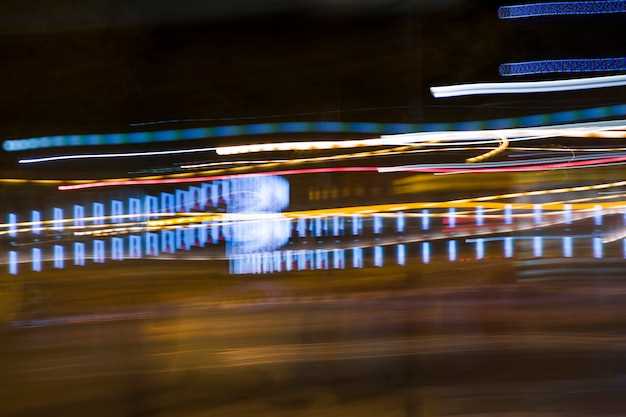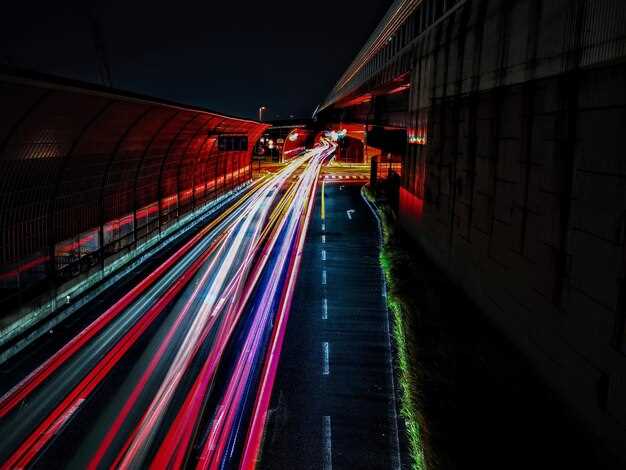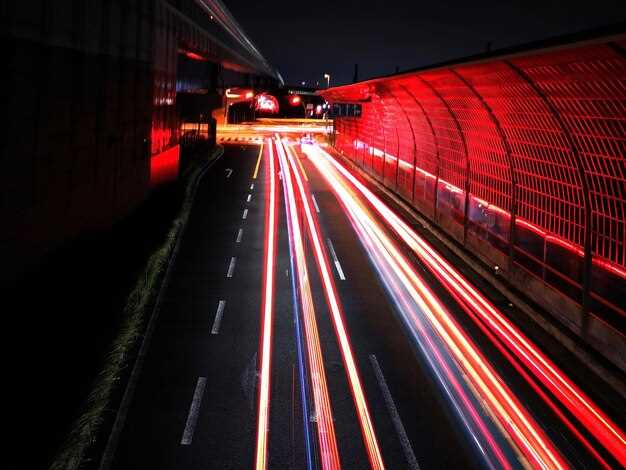
In the world of endurance racing, visibility is paramount. As athletes navigate varied terrains and unpredictable weather conditions, the effectiveness of lighting systems plays a crucial role in ensuring safety and performance. Traditional lighting solutions often fall short, primarily due to limitations in brightness, battery life, and durability. This article explores advancements in lighting technology specifically tailored for endurance racing bars, aiming to enhance the overall experience for both athletes and spectators alike.
Innovative lighting systems can significantly impact an athlete’s ability to maintain focus and rhythm during long races. By implementing cutting-edge LED technology, designers can create systems that deliver superior illumination while optimizing energy consumption. Moreover, considerations regarding weather resistance and shock absorption are essential for reliability in challenging environments. As we delve into various strategies for enhancing lighting solutions, we will highlight key features that contribute to safer and more effective racing experiences.
Lastly, the integration of user-friendly interfaces and customizable settings is vital for adapting to different racing conditions. Athletes need quick access to adjust brightness levels or switch between modes without losing momentum. The future of lighting in endurance racing is bright, and with continued innovation, we can expect to see systems that not only meet but exceed the demands of the most competitive environments.
Optimizing Brightness Levels for Maximum Visibility

In endurance racing, the clarity of visibility is paramount for both safety and performance. Lighting systems must strike a balance between providing sufficient illumination without causing glare or distraction. To optimize brightness levels for maximum visibility, it is essential to consider several factors, including the environment, the speed of the vehicle, and the specific needs of the driver.
First, assess the ambient lighting conditions during different times of day and weather scenarios. For instance, during nighttime races or in low-light conditions, brighter lighting is vital to illuminate the track while enhancing the driver’s perception of obstacles. Conversely, in well-lit environments, such as urban areas or daytime events, lower brightness levels may suffice, reducing energy consumption and preventing overstimulation.
Next, utilize adjustable lighting systems that can adapt to varying speeds and terrain. As speed increases, the visual requirements change; therefore, implementing variable brightness settings can enhance the driver’s response time and overall situational awareness. Advanced systems can automatically adjust based on speed sensors, ensuring optimal brightness is maintained throughout the race.
Furthermore, the color temperature of the lighting plays a significant role in visibility. A cooler color temperature typically enhances contrast and improves depth perception, making it ideal for racing conditions. Selecting lights that emit a color temperature around 5000K to 6000K can provide optimal visibility, allowing drivers to differentiate between surfaces and hazards effectively.
Lastly, consider the spacing and angle of the lighting fixtures. Properly positioned lights minimize shadows and provide an even spread of illumination across the racetrack. This prevents dark spots that could pose risks during high-speed maneuvers and ensures that the driver has a comprehensive view of the race course.
In summary, optimizing brightness levels in lighting systems requires a detailed understanding of various influencing factors. By considering environmental conditions, speed adjustments, color temperature, and strategic positioning, racing teams can enhance visibility, ultimately leading to safer and more competitive endurance racing experiences.
Integrating Adaptive Lighting Technology in Racing Environments

Adaptive lighting technology offers significant advantages in endurance racing environments, enhancing visibility, safety, and performance. By utilizing sensors and smart algorithms, these systems can adjust lighting conditions in real-time based on various factors, including track layout, weather, and time of day.
The integration of adaptive lighting allows for optimal illumination along the racetrack, ensuring that drivers maintain visibility during critical moments. Dynamic adjustments can illuminate curvatures, elevation changes, and braking zones, reducing the likelihood of accidents and improving drivers’ confidence.
Moreover, adaptive lighting technology can also enhance the visibility of raceway markers and signage, making essential information easily accessible. This is particularly beneficial during nighttime races or in adverse weather conditions, where standard lighting may not suffice.
Furthermore, the implementation of such systems can lead to energy savings and reduced light pollution. By focusing light where it is necessary, adaptive systems can minimize excessive glare and enhance the overall experience for both drivers and spectators.
In conclusion, integrating adaptive lighting technology in racing environments not only elevates safety standards but also plays a pivotal role in the enhancement of competitive racing dynamics. The future of endurance racing lies in leveraging innovative lighting solutions to create a safer and more immersive experience.
Assessing Durability and Reliability of Lighting Solutions
In the context of endurance racing, the durability and reliability of lighting solutions play a crucial role in ensuring safety and enhancing performance. These systems must withstand the demanding conditions of long races, including exposure to vibrations, extreme temperatures, and moisture. A thorough assessment of these factors is essential in selecting the appropriate lighting technology for racing bars.
First, the materials used in the construction of lighting units must be robust. High-quality plastics and aluminum alloys offer both lightweight and durable options that resist damage from impacts and environmental conditions. The ingress protection rating (IP rating) of lighting systems also serves as an indicator of their ability to prevent dust and water intrusion, which directly affects their reliability during prolonged use.
Secondly, the design and engineering of the lighting solutions must prioritize heat dissipation. Overheating can lead to reduced performance and premature failure of lighting components. Incorporating advanced thermal management systems, such as heat sinks or active cooling options, can enhance the longevity of lighting setups.
Furthermore, the reliability of lighting solutions can be assessed through performance testing under different conditions. Simulated racing environments can help gauge how lighting systems hold up against shocks and vibrations typical in endurance racing scenarios. Long-term testing under varying temperatures and humidity levels further validates their effectiveness and durability over time.
Another aspect is the technology employed in lighting systems. LED technologies are often preferred due to their efficiency and extended lifespan compared to traditional bulbs. Their solid-state nature makes them more resistant to shocks, while advancements in optics can provide better illumination performance without compromising durability.
Regular maintenance and inspection protocols should also be a part of assessing reliability. Ensuring that lights are functioning optimally and addressing any potential issues before they become critical can further enhance the overall performance of the racing bars.
Ultimately, evaluating the durability and reliability of lighting solutions requires a combination of material science, testing, and technological innovation. Prioritizing these factors ensures that racing teams can rely on their lighting systems throughout the entirety of endurance races, contributing to both safety and competitive advantage.
